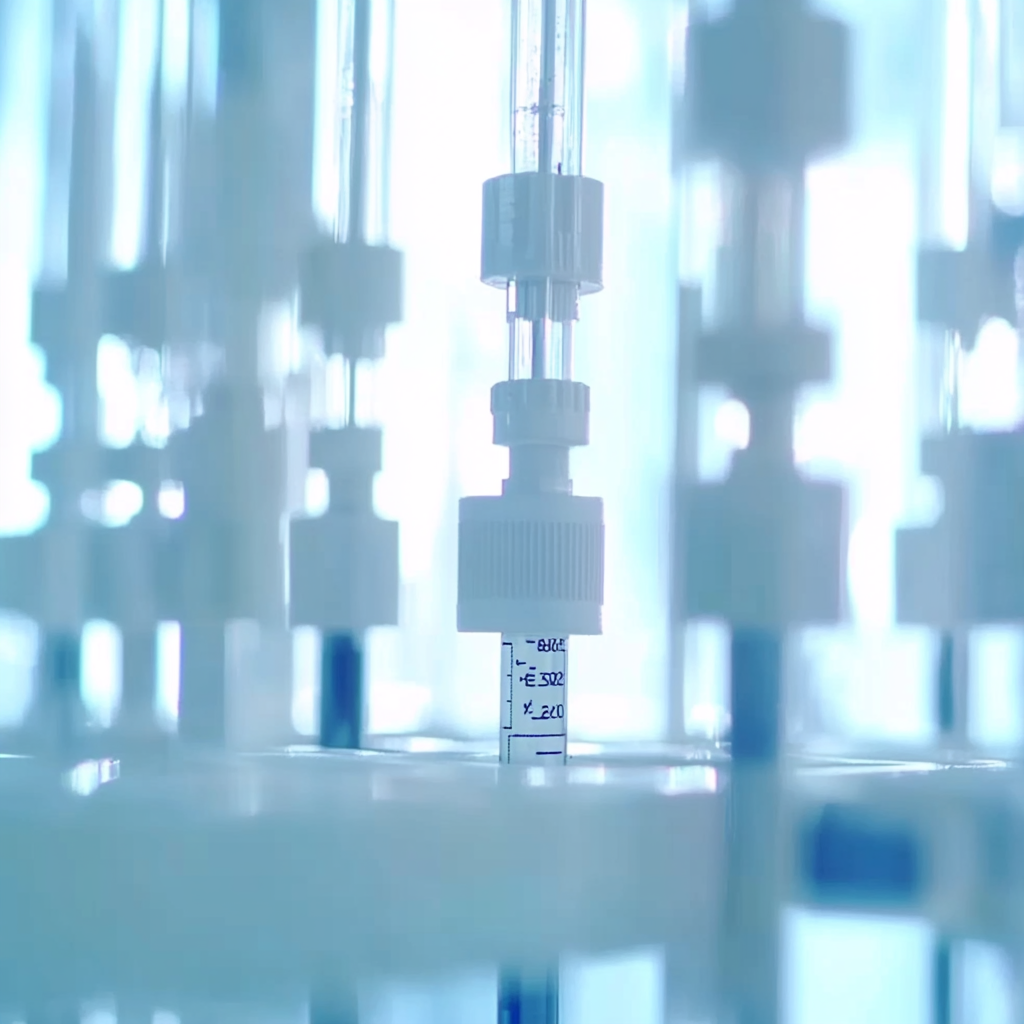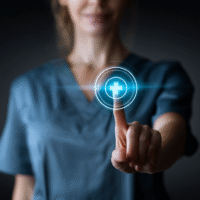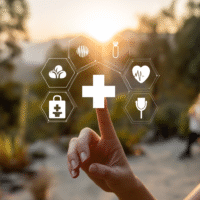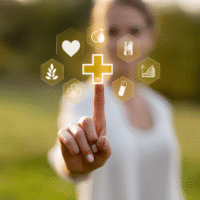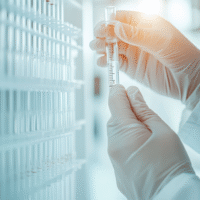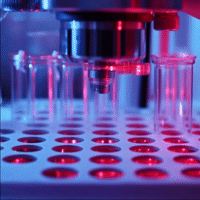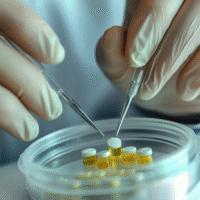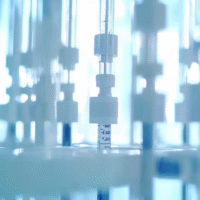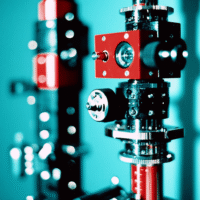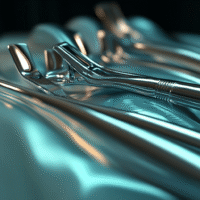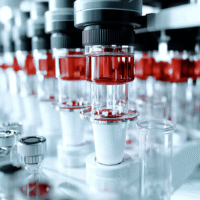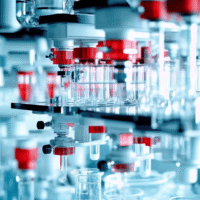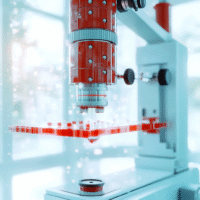Understanding the Trial Results
What Worked?
- Patients who received the Toolkit for Optimal Recovery (TOR) experienced less pain after their injury, whether they also had rehabilitation or not.
- Those who combined TOR with rehabilitation showed better physical function compared to those who only received standard care.
- TOR helped reduce feelings of anxiety related to pain and negative thoughts about pain.
What Didn’t Work?
- Patients who only received standard education and rehabilitation did not show significant improvements in pain or function.
- Simply having rehabilitation without TOR did not lead to meaningful changes in pain or anxiety.
How Does This Help Patients and Clinics?
- These findings suggest that combining psychological support with physical rehabilitation can lead to better recovery outcomes.
- Clinics can improve patient care by screening for psychological issues after injuries and providing appropriate referrals.
Real-World Opportunities
- Hospitals can implement routine screenings for psychological responses to injuries.
- Doctors can refer patients to mental health professionals alongside physical therapy.
- Clinics can develop programs that integrate both psychological and physical rehabilitation.
Measurable Outcomes
- Track patient pain levels before and after treatment.
- Monitor improvements in physical function and daily activities.
- Assess changes in anxiety and negative thoughts about pain.
AI Tools to Consider
- AI-driven assessment tools can help identify patients at risk for poor psychological responses.
- Telehealth platforms can provide access to mental health support for patients recovering from injuries.
Step-by-Step Plan for Clinics
- Start Small: Begin by training staff to screen for psychological issues in patients with injuries.
- Integrate Care: Develop a referral system for mental health support alongside physical rehabilitation.
- Monitor Outcomes: Regularly track pain, function, and psychological measures to evaluate the effectiveness of combined treatments.
- Expand Gradually: As you see positive results, consider expanding the program to include more resources and support.
For More Information
To read the full research article, visit: Psychosocial Intervention and Rehabilitation Utilization Together Improve Pain and Function After Traumatic Orthopaedic Injuries.
